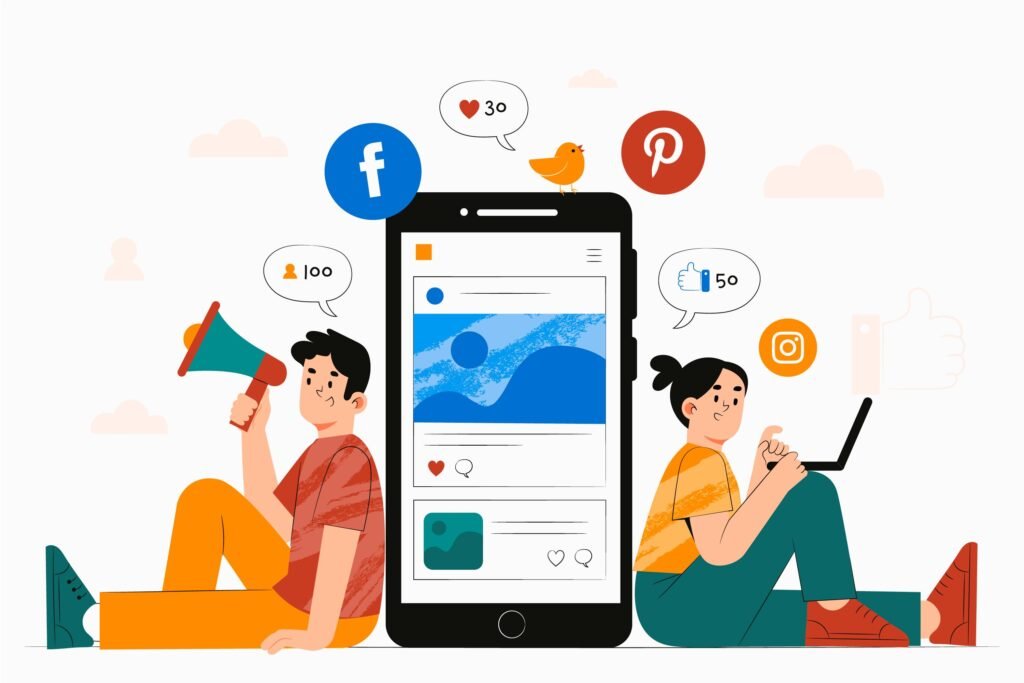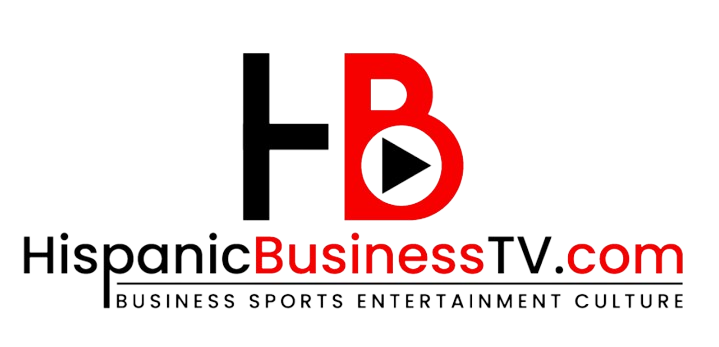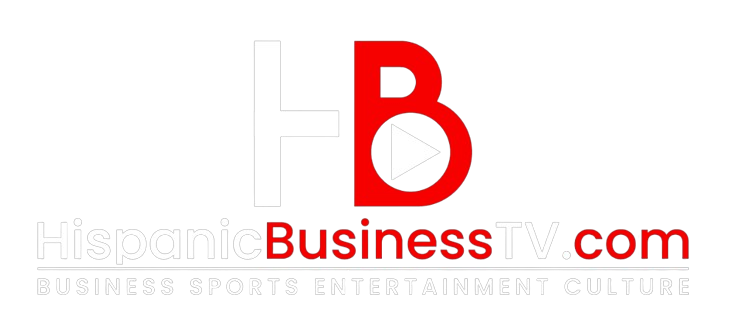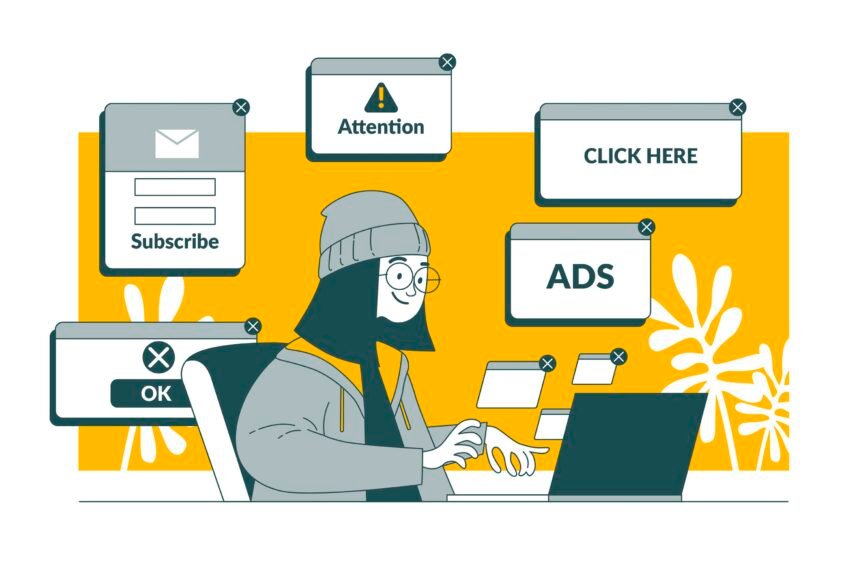In today’s digital-first world, online advertisement isn’t just a tool—it’s the main road to visibility. But with so many platforms competing for attention, how do you know where to invest your time and budget?
Whether you’re a small business owner or a marketing manager, choosing the best places for online advertisement can make or break your campaign. In this guide, we’ll break down the top online advertisement platforms in 2025, how they work, who they’re best for, and how to optimize for results.
1. Google Ads – The Undisputed Champion
When people need answers, products, or services, they go to Google first. With over 8.5 billion searches every day, Google Ads remains the most powerful platform for capturing intent-based traffic.
Google Ads works across two main networks: the Search Network and the Display Network. Search Ads appear right above organic results, helping you reach people at the exact moment they’re searching. Display Ads, on the other hand, appear across websites, apps, and even Gmail, offering broader brand exposure.
To maximize your results, make sure your ad copy matches search intent. Focus on specific keywords with high commercial intent and don’t forget negative keywords—they’re your silent budget protectors. Use Google’s Responsive Search Ads to test variations automatically, and always link to a fast, mobile-friendly landing page.
2. Microsoft Ads – The Hidden Gem
While not as flashy as Google, Microsoft Ads (formerly Bing Ads) offers incredible value, especially for businesses targeting desktop users. It covers Bing, Yahoo, and AOL, reaching an audience that often has more disposable income.
Microsoft Ads tend to have lower competition, which means you’ll often pay less per click for the same keywords. Many advertisers overlook it, which gives savvy marketers an edge.
You can even import your existing Google campaigns directly into Microsoft Ads. This makes it a no-brainer for extending your reach. And with LinkedIn profile targeting available, it’s a powerful B2B tool many businesses haven’t fully tapped into yet.
3. Meta (Facebook & Instagram) – Social Advertising Powerhouse
With over 3.4 billion users, Meta’s platforms—Facebook and Instagram—remain top-tier when it comes to social advertising. The visual nature of these platforms makes them ideal for product promotions, brand awareness, and storytelling.
Meta Ads offer impressive targeting capabilities. You can segment your audience by age, interests, behaviors, and even life events. Want to target new moms in Los Angeles who are interested in organic skincare? Easy.
Make your creatives thumb-stopping. Short videos, carousel ads, and compelling headlines with a clear call-to-action work best. Also, use the Meta Pixel on your website and experiment with Lookalike Audiences to expand your reach efficiently.

4. YouTube – Storytelling Through Video
YouTube isn’t just for entertainment anymore—it’s where people go to learn, discover, and connect. With over 2.7 billion monthly users, YouTube Ads are perfect for brands looking to build trust and recognition.
You can run skippable in-stream ads, non-skippable bumper ads, or discovery ads that appear in YouTube search results. For educational or product-based businesses, this is a great way to explain your value in a few seconds.
Make sure your video grabs attention in the first five seconds. Add subtitles, strong visuals, and always include a call-to-action. Don’t forget to optimize your video titles, descriptions, and tags with relevant keywords.
5. Amazon Ads – Sell Where People Are Ready to Buy
If you sell physical products, Amazon Ads should be on your radar. People on Amazon are already shopping—they’re not browsing, they’re buying. That’s what makes this platform so powerful.
Amazon offers multiple ad formats like Sponsored Products, Sponsored Brands, and Display Ads that show up across Amazon’s ecosystem. The key is to make your product listing SEO-friendly. Use clear images, compelling bullet points, and relevant keywords.
Amazon also lets you use DSP (Demand-Side Platform) for online advertisement outside Amazon on websites, apps, and even on connected TV. If you already have sales on Amazon, investing in their ad system can supercharge your visibility.
6. Pinterest – Where Inspiration Turns Into Action
Pinterest may not be the first platform you think of, but it’s a goldmine for lifestyle brands, DIY products, fashion, home decor, and anything visual. With over 570 million monthly users, Pinterest is where people go to get inspired and plan their next move.
Pinterest Ads blend seamlessly into organic pins, which makes them less disruptive. You can promote pins that lead to blog posts, product pages, or lead magnets.
Optimize your pins with long-tail keywords, seasonal hashtags, and eye-catching vertical images. Rich Pins are especially effective for showing real-time pricing and availability. This is a great platform for evergreen content and long-term discovery.
7. LinkedIn – The B2B Lead Machine
If your business targets professionals, companies, or decision-makers, LinkedIn Ads are essential. With around 303 million active users, LinkedIn offers unmatched targeting by job title, industry, seniority, and company size.
You can run Sponsored Content, Message Ads (direct inbox messages), Text Ads, and Dynamic Ads that personalize the experience. For B2B marketers, this is where serious leads are born.
Make your content valuable. Offer case studies, whitepapers, or event invitations. Use Lead Gen Forms for easy conversion and always measure your cost-per-lead (CPL) to ensure ROI.
8. TikTok – Engage the Next Generation
TikTok has exploded in popularity, especially among Gen Z and younger millennials. With over 1.5 billion users, it’s a platform where creativity thrives and virality is possible with the right content.
TikTok Ads include In-Feed videos, TopView ads (which appear when you open the app), and Branded Hashtag Challenges that encourage user participation. You can also partner with influencers for organic-style promotion.
What works on TikTok? Authenticity. Avoid polished corporate vibes and focus on storytelling, humor, and trends. Keep it short, punchy, and mobile-first. Don’t forget to use relevant hashtags and include your target keywords in video captions.
9. Smart Strategies Beyond the Big Platforms
While the major platforms dominate, smart advertisers are also exploring emerging options to get ahead of the curve. Consider programmatic advertising, which uses AI to bid on ad space in real time based on user behavior and content relevance. It’s efficient, data-driven, and scalable.
Another strategy is geofencing—targeting users within a specific physical area like an event venue or store. It’s perfect for local promotions or real-time campaigns. Email newsletter sponsorships and podcast ads are also growing in popularity, offering trust-based exposure in niche markets.
Connected TV (CTV) ads, like those on Hulu or Roku, are now available to businesses of all sizes, making TV-style advertising more accessible than ever. These ads blend the visual power of television with the targeting precision of digital.
If you’re looking for a hands-on approach to growing your online presence without wasting budget on trial and error, Confemedia.com is a great solution to consider. They specialize in helping businesses identify the right digital advertising mix, from social campaigns to Google and display ads, with data-driven insights that maximize ROI. Whether you’re new to digital ads or want to improve your current setup, Confemedia’s team offers expert guidance built around your unique goals.
10. How These Platforms Compare
| Platform | Best For | Cost (Relative) | Notable Feature |
| Google Ads | Search intent & leads | $$$ | Huge search volume |
| Microsoft Ads | Desktop users, B2B | $$ | Low competition |
| Meta Ads | Brand awareness & conversions | $$ | Precise demographic targeting |
| YouTube Ads | Video storytelling | $$$ | Massive watch time |
| Amazon Ads | Product sales | $$ | Buyer-ready audience |
| Pinterest Ads | Lifestyle & DIY | $ | Visual planning users |
| LinkedIn Ads | B2B marketing & recruitment | $$$ | Job/industry targeting |
| TikTok Ads | Gen Z & Millennial engagement | $$ | High engagement with trends |
11. SEO Tips That Apply Across Platforms
Great online advertisement isn’t just about placement—it’s also about optimization. Here’s how you can blend SEO strategies into your advertising efforts:
- Always use keywords in headlines, descriptions, and image alt text where applicable.
- Make sure your landing pages load fast and are mobile-friendly.
- Write copy that matches search intent—informational, commercial, or transactional.
- Use structured data (schema) for products, reviews, and events.
- Incorporate trust signals like reviews, testimonials, and secure payment icons.
- Track performance using tools like Google Analytics, Meta Pixel, and UTM parameters.
12. Key Metrics to Track for Success
Tracking the right metrics ensures you’re not flying blind. Here’s a simple breakdown of what to watch for:
| Platform | Important Metrics |
| Google / Microsoft | CTR, CPC, CPA, Conversion Rate |
| Meta / TikTok | Engagement, Impressions, ROAS |
| YouTube | Watch Time, View Rate, Conversions |
| Cost Per Lead, Form Submits | |
| Amazon | ACoS, Sales Volume, Product Clicks |
| Saves, Repins, Click-Throughs |
Each platform will offer unique insights, but focus on what aligns with your goal—whether it’s sales, leads, or traffic.
Focus, Test, Optimize
Choosing the best places for online advertisement in 2025 comes down to knowing your audience, your goals, and your message. Google and Microsoft are great for capturing intent, while Meta, YouTube, and TikTok excel at engagement. Amazon is perfect for direct sales, and platforms like Pinterest and LinkedIn serve niche but powerful markets.
Start small, test often, and always be optimizing. The right combination of platforms—supported by smart SEO practices—can elevate your brand from unseen to unforgettable.












